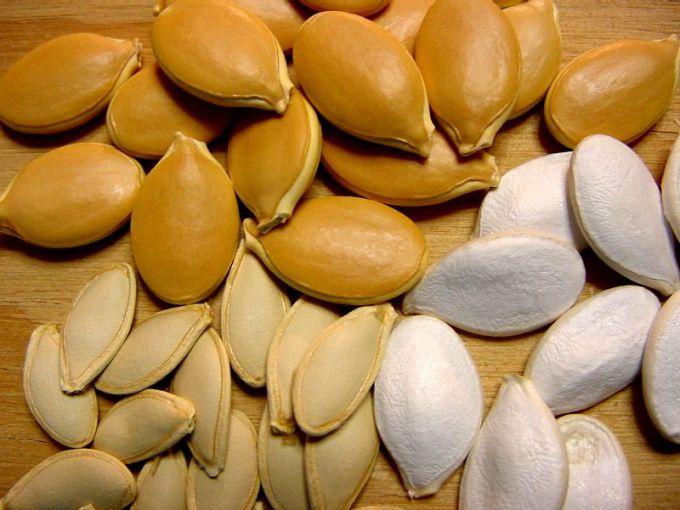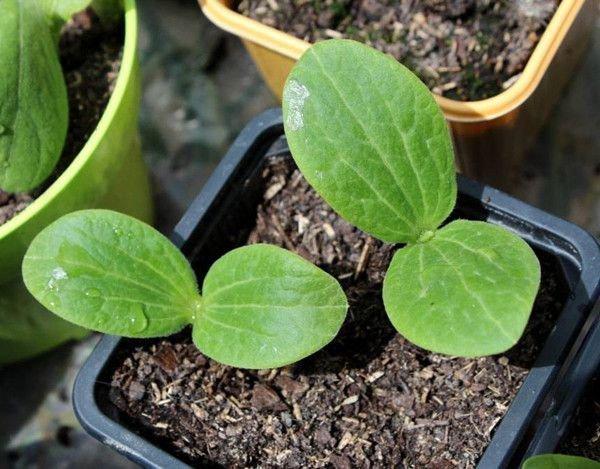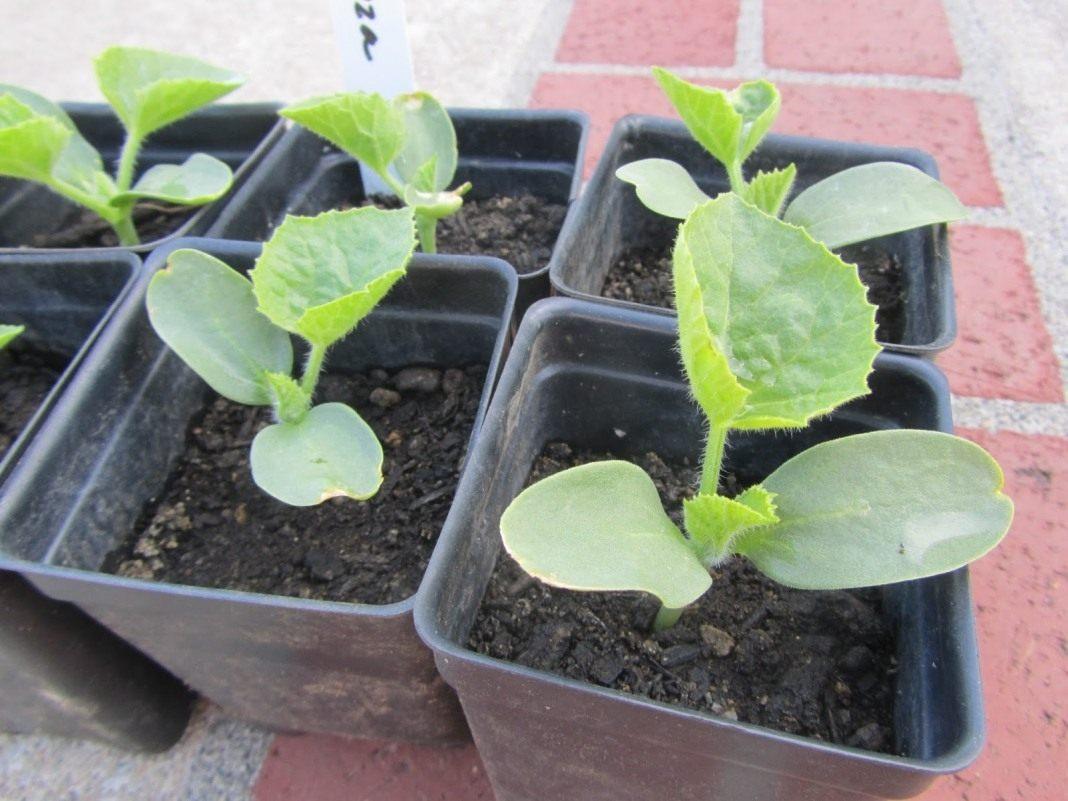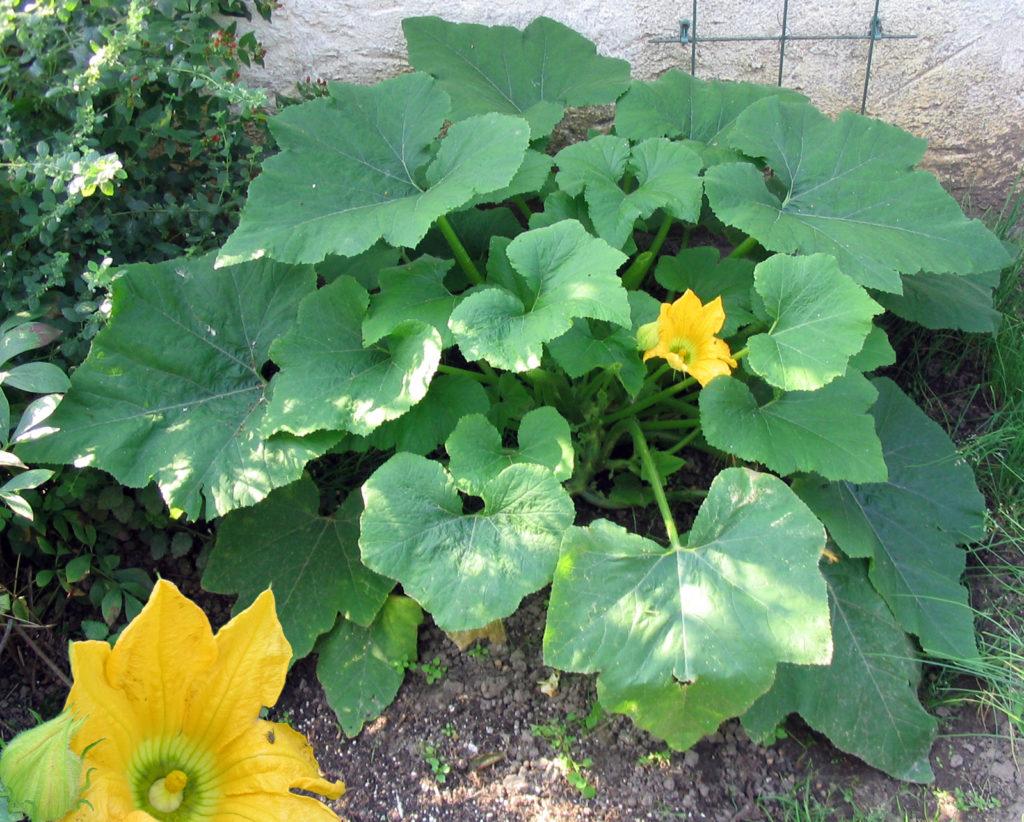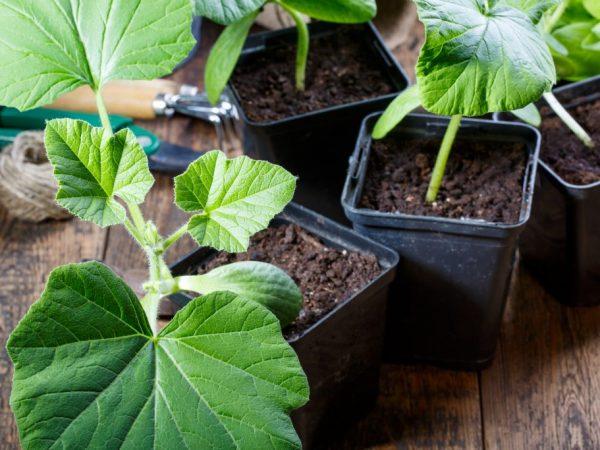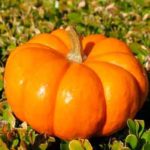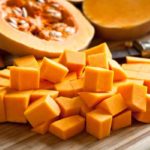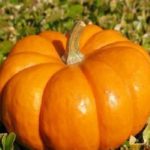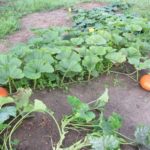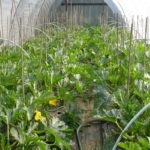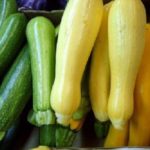Novice gardeners often cannot distinguish seedlings of different crops. Planting markings help avoid such problems, but sometimes they also fail because they get lost or washed away. That’s why it’s so important to know how to distinguish zucchini seedlings from pumpkins. This can be done based on a number of signs - shoots and foliage. There is also some difference between seeds.
Description of zucchini seeds
To obtain seedlings of the required variety, it is important to be able to distinguish between seeds.The following characteristics are characteristic of squash grains:
- elongated oval shape with a characteristic spout;
- small size - it is 1-2 centimeters;
- thin peel;
- pale shade without yellowish color;
- thin shell that can be easily separated into 2 halves with your fingers;
- a small rim around the edge.
Description of pumpkin seeds
To obtain pumpkin sprouts, it is important to choose the right seeds. Their main features include the following:
- round form;
- yellow color;
- rough shell - difficult to crush with finger pressure;
- large sizes - the length of the seeds reaches 2-3 centimeters;
- fast germination.
In order not to confuse the seed material, immediately after collecting and drying, they must be placed in individual bags. They indicate the name of the crop and the date of collection. This simple method avoids any confusion during planting.
Distinctive features of seedlings
To determine the variety of seedlings growing on the site, it is worth taking a closer look at the appearance of young crops. Each of them is characterized by its own distinctive features.
Zucchini seedlings have long cotyledon leaves and elongated stems of light green color. Pumpkin sprouts have a thicker, squat stem. They are characterized by a rich green tint. Pumpkin also has large and rough foliage.
Distinctive characteristics of leaves
Plants can be easily distinguished by the appearance of their leaves.Zucchini is a bush plant that has a straight and thick stem. Their foliage forms a dense, spreading rosette over the flowers and fruits. The pumpkin has a powerful above-ground part, which includes a main creeping stem and side shoots in the form of lashes.
However, the foliage has some differences. Pumpkin is characterized by rounded leaves of a bright green hue. But sometimes they have a five-lobed or heart-shaped shape. The petioles differ in length from 12 to 30 centimeters and are characterized by an alternate arrangement. The entire plant organ is covered with thorns.
To determine the culture, it is important to know the pumpkin variety. This affects the shape of the leaf plate. So, the following options are possible:
- large-fruited varieties are distinguished by round and cup-shaped foliage;
- the hard-barked variety has five-lobed foliage;
- Muscat varieties are characterized by heart-shaped leaves that have deep cuts.
The total foliage area of one plant reaches 30 square meters. This helps to accumulate a lot of water and nutrients.
Zucchini leaves are several shades lighter. Moreover, they are characterized by pronounced venation. Zucchini is characterized by five-lobed leaf blades. They are usually quite heavily indented. The edges are jagged. The top of the foliage is covered with coarse fluff.
The leaf plates of zucchini are considered the most dissected. They are characterized by a sequential arrangement and long straight petioles. The plates are quite large in size, reaching 20 centimeters.
An important difference between the cultures is the appearance in the axils of the 6-7 pumpkin leaves of branched tendrils that spread across the area. Modern hybrid varieties of zucchini and zucchini are characterized by the presence of white and gray spots on the foliage.
How to distinguish between mature plants
Many people are interested in how exactly one plant differs from another. These cultures have characteristic features. Zucchini has the following distinctive features:
- compact bush shape;
- a small number of lashes - they are thin and short and do not form roots;
- small five-lobed carved leaves;
- sequential arrangement of leaves.
At the same time, pumpkins are characterized by the following features:
- spreading form of the bush;
- long lashes with root formation;
- large oval-shaped leaves.
You can also distinguish one plant from another at the flowering stage. Zucchini flowers are always located in the central part of the bush. In this case, pumpkin flowers are placed along the main stem. There are some differences in the size of the flowers. In pumpkin they are much larger than in zucchini.
Ways not to confuse the fruits
Plants have completely different fruits. Pumpkins are characterized by round and large fruits. They are distinguished by their yellow or orange color. The top of the pumpkin is covered with hard and often textured bark. Inside there is juicy sweetish pulp. It has a more saturated color compared to the skin. The seminal cavity is loose.
Zucchini has oval, pear-shaped or cylindrical fruits. The squash is characterized by an unusual shape. The standard shade is light green. However, there are varieties that have yellow and dark green bark. The pulp is always light. Vegetables have an inexpressive taste and elastic consistency. At the stage of technical maturity, the fruits have a thin bark that is easily cut off.
Common mistakes of novice gardeners and how to avoid them
The most common mistake novice gardeners make is planting zucchini and pumpkins next to each other. It is best to place plants at least 20 meters apart. In this case, it is advisable to place a third crop between them. If you use seeds from plants planted nearby, fruits of a different shape and taste will appear next year. This will cause the zucchini to become rounder and have a firmer skin. The color of their flesh may also change. The pumpkin, on the contrary, will become lighter and oval. In addition, it will acquire a neutral taste.
To preserve the variety, it is important to strictly adhere to planting rules and avoid crossing. Thanks to this, you will always be able to obtain healthy vegetables with the required taste and color.
Another problem for novice gardeners is confusion when planting. Many people simply label the pots when growing seedlings. However, when exposed to water, the inscriptions are erased. In order not to confuse the bushes, you should adhere to the following rules:
- Seeds collected independently should be packed in paper bags and be sure to label the type of vegetable, its variety and year of collection. The seeds are suitable for planting for 6-8 years.
- Sign the pots. This is especially true when growing seedlings in one room.
- Plant zucchini and pumpkin seedlings in containers that differ in appearance. Pumpkin is characterized by a stronger root system. Therefore, it is permissible to use plastic cups for it. In this case, it is recommended to plant zucchini in peat tablets or pots.
- It is possible to identify vegetables as accurately as possible at the stage of formation of cotyledon leaves. If a mistake was made when selecting seed material, it is worth changing the labeling of the pots.
- To avoid mixing up the plants, plant the seeds in a pot one at a time. If a mistake was made at the selection stage, this will subsequently prevent the appearance of different plants in the same container.
- Even at home, crop seedlings are prohibited from being placed nearby. Before transplanting into open soil, cross-pollination may occur. Thanks to labeling, it is possible to avoid confusion and maintain the purity of the variety.
Zucchini and pumpkins are considered common and useful plants that many gardeners grow. At the same time, it is important to be able to distinguish crops from each other so as not to plant them next to each other. This can be done by the appearance of bushes, leaf blades, and flowers. There is also a difference in the shape and color of the fruit.

